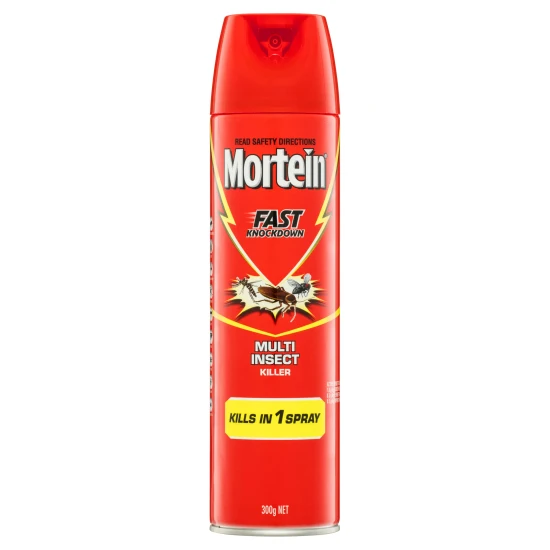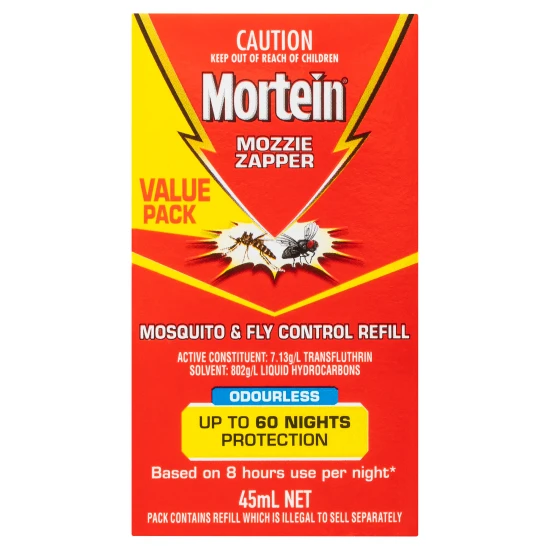
FLIES
ABOUT FLIES AND FLIES CONTROL
FLY CONTROL
With summer already here, prevention is definitely better than cure when it comes to fighting flies. After all, who wants fly-catchers and sticky fly traps all over the house once pests take up residence?
The best way to keep your home fly free is to banish typical breeding sites. Putting out the garbage and disposing of pet waste regularly is an essential start, while covering bins and compost heaps with tight-fitting lids will stop flies from finding a home.
With that sorted, if you have pets you should also aim to regularly remove their soiled bedding, straw, garbage and any other decaying plant and animal matter from around the home and garden. Your nose is a good guide — if it smells bad to you, it’s perfume to a bug-eyed beast!
Wrap up any wet rubbish then put it into a plastic rubbish bag. You’ll be saved the hassle of emptying and cleaning bins as well as avoiding fly-breeding sites.
In the kitchen, avoid leaving food uncovered (including pet food) and throw away anything you spot a fly landing on. Just remember, every time they land, they defecate and vomit — enough said!
Tip: If you hear that familiar buzz right before bedtime — always the way — turn off all the lights in the room, leaving only a glow from an outside light or street light, and open the window. The fly will naturally head towards it.

FLIES ORDER DIPTERA
Complete life cycle; minute to large insects with membranous forewings and the hind wings reduced to small, club-shaped halteres; head has modified sucking and sometimes piercing mouthparts, large compound eyes and usually very short simple antennae (branched and frilled in mosquitoes and crane flies); legs are often long with five-segmented tarsi. Larvae are the typical maggots with no true legs and very reduced heads.
Possible confusion may arise between flies and the few other insects which have one pair of wings, for example, some male scale insects (Hemiptera) and some mayflies (Ephemeroptera). However, flies are the only insects that have hindwing halteres. Some flies are also good mimics of wasps. These can also be easily distinguished in the hand because flies have only two wings and not the four of wasps.
Moth Flies (Family Psychodidae)
Tiny flies with circular, hairy wings, rarely more than 4 or 5 mm across. The 100 or so species live in damp places and at least one species can be common in bathrooms. Larvae feed on decomposing organic matter near water or even in dung. Overseas, some species are blood suckers, called sand flies and can carry disease, but in Australia this group is luckily inconspicuous.
Fruit Flies (Family Tephritidae)
There are 135 species of Tephritidae. They are small to medium-sized flies; many species are light brown with yellow markings. The wings are often patterned and the Sc vein is bent upwards, almost at a right angle (see Figure 45). When at rest, the wings are often rotated in a paddle-like movement and many perform courtship displays, like the genus Ausronevra, where the females have a very large ovipositior. The genus Adrama includes yellow species found in the tropics. This family contains many of the most important species of agricultural pests, including the Queensland fruit fly (Bactrocera tryoni) and the introduced Mediterranean fruit fly (Ceratitis capitata). There is always the danger of other economically important fruit fly species entering Australia from Asia and therefore the family is well studied in Australia. Most larvae feed on fruit, but others use rotting wood, plant stems and the flower heads of daisies.
House Flies, Bush Flies and Others (Family Muscidae)
This and the remaining three families are known as calyptrate flies as they have a calypter which is a lobe at the base of the wings that covers the halteres from above (see Figure 42). On microscopic examination they also share a groove along the second antennal segment. Adults are usually stocky and strongly bristled. For typical wing venation (see Figure 42). There are 180 species in the family Muscidae. Two of the most familiar Australian flies belong to this family: Musca domestica, the cosmopolitan house fly; and M. vetustissima, the bush fly. Both are a great nuisance, and the house fly is known to transmit important diseases such as typhoid. Some species of muscids are predators as adults; and some, like the stable fly, Stomoxys calcitrans, are blood-sucking. The genus Neomyia is found in forests and feeds on dung. Muscid larvae live in many habitats, with carrion, dung, fungi and rotting vegetation being the most important.
Vinegar Flies (Family Drosophilidae)
These are small flies (247 species) with diverse habits, that are often attracted to rotting or fermenting fruit. They are especially numerous in the tropics where clouds of tiny individuals may hover around the fruit bowl. The minute antennae have a thin plumose tip. The family is most noted for the genus Drosophila which is used worldwide in experiments studying genetic theory. Larvae are found in a variety of media, but fungi and yeast-infected vegetable matter are the most important.
Source: A field guide to insects in Australia - third edition - Paul Zborowski and Ross Storey - New Holand publishers





